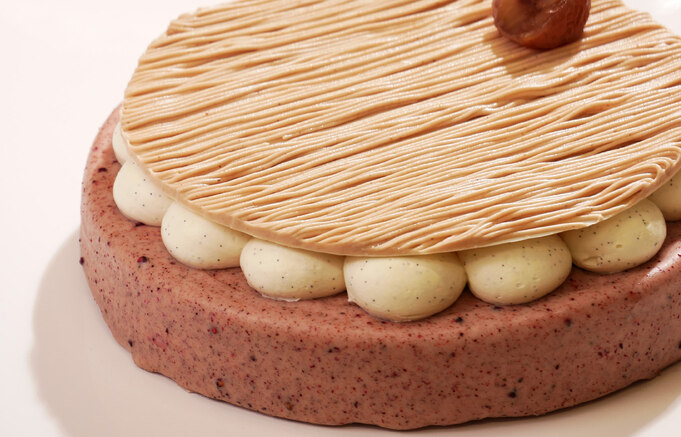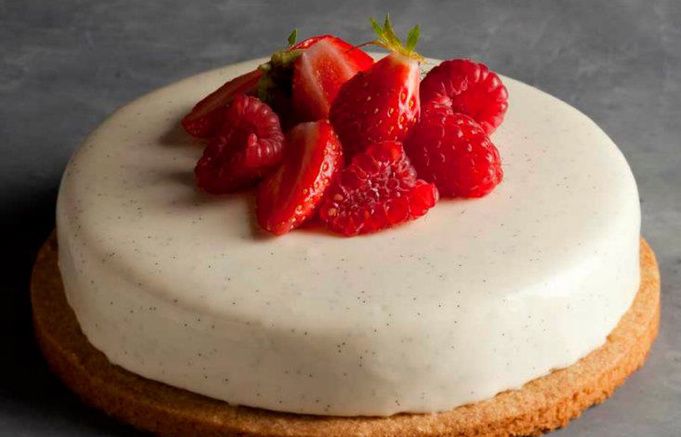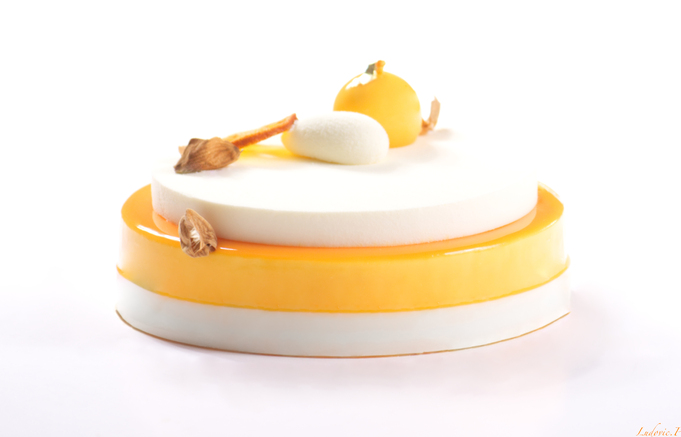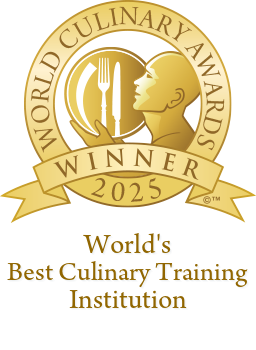A guide to the most delicious types of French pastries

French pastries are delights that people all over the world crave every day, and there’s a lot of skill in getting these flaky, butter treats just right. French pastry has a long, storied history and is considered by many to be a genuine art form.
Let’s take a look at the history of French baking and the different types of French pastries that you can find in modern pâtisseries.
Explanation of the popularity of French pastries
Much like many elements of French cuisine, French pastries maintain their popularity for a pretty simple reason: they taste delicious! From croissants to brioche to galette des rois (king cake), there’s nothing quite like the delicate, buttery, flaky, beauty of a perfectly cooked French pastry.
Brief history and evolution of French pastry
While there isn’t really a definitive answer to the question of who invented French pastry, there is definitely a great deal of history there. It’s typically thought that puff pastry was invented, entirely by accident, by apprentice cook Claudius Gele. However, there are records of much older puff pastry recipes going back as far as the 13th century.
Regardless of when it was devised, there’s no doubt that French pastry as we know it today owes a huge amount to one man: Marie-Antoine Carême. Carême was legendary not just for his skills as a pâtissier, but for his desire to elevate pastry-making to an art form. The high regard that French pastry is held in today is almost certainly a result of his influence and insistence on using the finest possible ingredients.
Importance of French pastry in French culture and cuisine

In France, dessert is more than just one of several courses at mealtimes, it is an art. Since the 17th century, the skilled French pastry chef has often been considered a celebrity, famed as much for their incredible dessert sculptures as for the flavors they created.
French pastry is an essential part of French culture, with beautiful patisseries throughout French cities, and many French pastry chefs being incredibly famous and well-regarded throughout France. Much of that regard comes down to the incredible elegance and delicacy of French pastries and the complicated techniques used to create them.
Popular types of French pastries
You might think of French patisserie as just one type of cooking, but there is a formidable amount of diversity to be found in the discipline of making French pastries.
Croissant
Perhaps the most famous French pastry of all. Croissants are made with a laminated dough that is baked until flaky and delicious.
Macaron
This almond-based pastry is one of the most aesthetically pleasing food items in the world. Filled with buttercream, ganache, or jam, the macaron is elegant and can showcase a tempting diversity of hues and flavors.
Éclair
An eclair is a wonderfully decadent pastry made using choux pastry. This long, cream-filled pastry is typically topped with a luxurious chocolate ganache.
Madeleine
A Madeleine is a traditional sponge cake with a distinctive shell-like shape created by the particular pans that they’re baked in. Madeleines are typically made using a génoise cake batter and ground almonds.
Tarte tatin
Whether you believe the story that it was first made by accident, this delightful French pastry is made by caramelizing fruit, usually apples, in butter and sugar before the tart is baked. It’s then served upside-down.
Paris-Brest
Named for a bicycle race that runs between Paris and the city of Brest, this bike-wheel-shaped choux pastry contains a delicious, silky praline center.
Pain au chocolat
Made using the same layered dough as a croissant, a pain au chocolat contains one or two pieces of rich, dark chocolate in the center. It’s obvious why it’s one of the most popular pastries in France!
Religieuse
A religieuse is named for its shape. This pastry is shaped like a nun, with a small choux pastry case stacked on top of a larger one. Both pastries are filled with crème pâtissière and topped with ganache.
Financier
Once known as a visitandine, this small almond cake is flavored with a beurre noisette. It's light and moistened with a crisp, butter exterior.
Gâteau St Honoré
Named for the French patron saint of bakers and pastry chefs, the gâteau St Honoré is a circle of puff pastry with a ring of choux around the edge. It's topped with baked profiteroles that have been dipped in caramelized sugar, and then filled with crème pâtissière and adorned with whipped cream.
The techniques used in making French pastry

Making French pastry can be an intimidating prospect, often due to the sheer number of different techniques you need to know. Whether you’re wondering how to become a chocolatier, or getting to grips with the wide array of baking and pastry arts, there's a lot to learn, but it’s always best to start with the most fundamental techniques.
- Piping
The use of a piping bag is one of the first things that you learn at pastry school and it can be deceptively tricky. It’s a simple process but if you’re not careful you could end up with a serious mess.
- Tempering
Tempering is the process of bringing two ingredients to the same temperature very slowly so as not to negatively affect one or the other. For example, if you’re mixing hot milk and egg yolks, you could end up just cooking the eggs if you added all the hot milk in at once.
- Meringue
Making a meringue is one of the basic techniques you learn during a culinary arts degree. It's the simple process of whisking egg whites into peaks. Of course, the tricky part is knowing how long to whisk your egg whites for, and how long to bake them.
- Caramelizing
Caramel is one of the foundations of French pastry making. Caramelizing is simply cooking sugar until it melts, changing its color and flavor.
- Emulsifying
Emulsions can require skill, but they're an essential part of pastry making. It's the process of combining a water-based substance and a fat. An emulsion like a chocolate ganache is a key player in many French pastries.
- Laminating
Whether or not it was invented by a French pastry apprentice in the 17th century or not, there’s no doubt that laminating dough is one of the most important parts of French pastry making. Among the culinary arts that make up French pastry making, there are few quite as important as being able to create the thin, flaky layers that are so essential in desserts like mille-feuille and croissants.
The role of pastry chefs in the culinary industry
Being a pastry chef isn’t just your typical culinary career. They’re innovators and creatives. Beyond simply making food that tastes great, they are tasked with developing exciting culinary creations that delight all of the senses.
Job opportunities for pastry chefs

Becoming a pastry chef is an exciting career prospect and there are plenty of avenues for becoming a pâtissier. At École Ducasse, we offer many options for anyone looking to expand their culinary horizons.
Take the exciting first step into the world of patisserie with a professional pastry arts degree.
If you've ever dreamed of crafting decadent desserts and tantalizing treats, then a pastry arts degree is the perfect way to turn your passion into an exciting career. With the right training and education, you can learn all the essential techniques and skills required to become a professional pastry chef.
Conclusion
French patisserie goes way beyond simply being dessert. It's an art form that is loved and has influence all over the world. From gâteau Basque to kouign-amann and palmier chausson aux pommes, no matter where you go, you can feel the love for French pastry.
The key to French pastry’s enduring legacy is the people who are constantly evolving and developing it.
Are you ready to join the ranks of the world’s great pastry chefs?
École Ducasse offers a professional diploma course, which will give you the essential skills and techniques necessary to become a master of French patisserie. With our comprehensive curriculum, you'll gain valuable insight into the core aspects of pastry making and learn how to create perfect pastries every time.


